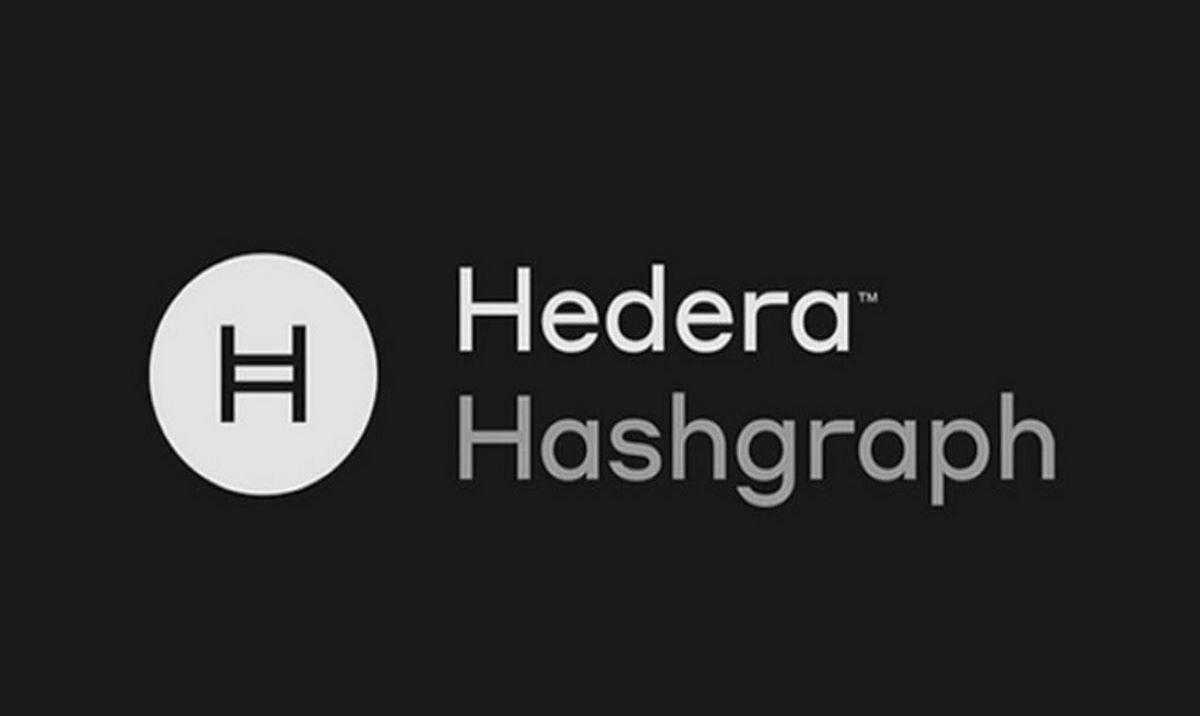In the world of blockchain and distributed ledger technology, Hedera Hashgraph has emerged as a promising platform known for its high throughput, fast transaction finality, and robust security. At the core of the Hedera network are nodes, which play a pivotal role in maintaining the integrity and efficiency of the platform. In this article, we will delve into the concept of Hedera node, their different types, and their critical functions as the backbone of the Hedera Hashgraph network.
What are Hedera Nodes?
In the context of the Hedera Hashgraph network, nodes refer to participants that maintain a copy of the distributed ledger and actively participate in the consensus mechanism. Unlike traditional blockchain networks that use Proof of Work (PoW) or Proof of Stake (PoS) as their consensus algorithm, Hedera Hashgraph utilizes an innovative approach called "asynchronous Byzantine Fault Tolerance" (aBFT). This unique consensus algorithm enables fast, secure, and fair transaction ordering without relying on energy-intensive mining.
Types of Hedera Nodes:
Hedera nodes can be classified into three main types, each serving distinct roles within the network:
- Mainnet Nodes: Mainnet nodes are responsible for participating in the consensus process. They are key components of the Hedera Hashgraph network, ensuring that transactions are confirmed, ordered, and recorded on the distributed ledger. Mainnet nodes play a critical role in achieving consensus among multiple nodes and providing the finality of transactions, making the network highly secure and resistant to malicious attacks.
- Mirror Nodes: Mirror nodes are nodes that maintain a copy of the entire transaction history on the Hedera network. While mirror nodes do not participate in the consensus process, they play a vital role in providing public access to transaction data. Developers, businesses, and users can query mirror nodes to access real-time and historical transaction information, enabling transparency and accountability within the network.
- Council Nodes: Council nodes are a special type of nodes that serve a governance role in the Hedera network. The Hedera Governing Council, comprised of leading global organizations, operates these nodes. Council nodes have voting rights and participate in the decentralized governance of the network. They make decisions related to protocol upgrades, fee changes, and other important aspects of the platform's development.
The Functions of Hedera Nodes:
Hedera nodes perform several crucial functions that collectively enable the network to function efficiently and securely:
- Transaction Validation: Mainnet nodes play a vital role in validating transactions on the Hedera network. When a transaction is initiated, it is broadcasted to the network, and mainnet nodes verify its validity and authenticity. Transactions that meet the network's criteria are then included in a consensus order and added to the distributed ledger.
- Consensus Mechanism: The Hedera network's consensus mechanism, aBFT, relies on the participation of mainnet nodes. During the consensus process, mainnet nodes exchange cryptographic signatures, votes, and other information to agree on the order of transactions and reach a consensus on the state of the network. This process ensures that all nodes agree on the order of events and guarantees the finality of transactions without the need for mining.
- Fast Finality: The aBFT consensus algorithm employed by Hedera Hashgraph enables fast finality, meaning that transactions are confirmed and recorded on the distributed ledger in a short period. This ensures that transactions are irreversible and tamper-resistant, providing a high level of security for users and applications on the network.
- Network Security: The collective participation of mainnet nodes in the consensus mechanism enhances the security of the Hedera network. As long as a two-thirds majority of the mainnet nodes are honest, the network remains secure and resilient against malicious attacks.
- Transparency and Accessibility: Mirror nodes play a vital role in maintaining transaction history and providing public access to this data. This transparency allows developers, businesses, and auditors to verify transaction details and monitor the network's performance, promoting trust and accountability. A blockchain network solutions provider is a company that offers services and solutions related to blockchain technology. These solutions can include blockchain consulting, development, deployment, and maintenance, as well as custom blockchain solutions for various industries. The goal of a blockchain network solutions provider is to help businesses and organizations leverage the power of blockchain technology to improve their operations and increase efficiency.
- Decentralized Governance: Council nodes, operated by the Hedera Governing Council, participate in the decentralized governance of the network. They have voting rights and collectively make decisions that influence the platform's development, fees, and other important aspects, ensuring that the network evolves in a decentralized and collaborative manner.
Conclusion:
Hedera nodes are the backbone of the Hedera Hashgraph network, fulfilling essential functions that contribute to the platform's efficiency, security, and decentralization. Mainnet nodes participate in the consensus process, ensuring fast finality and transaction validation, while mirror nodes provide transparency and accessibility to transaction history. Council nodes play a governance role, facilitating decentralized decision-making within the network.
The combined efforts of these nodes make the Hedera Hashgraph network an innovative and promising platform for developers, businesses, and users seeking high-performance and secure solutions. As the platform continues to evolve and gain adoption, the significance of Hedera nodes as the foundation of the network will remain fundamental to its success in shaping the future of distributed ledger technology.


No comments yet